Review: HTC Desire for Virgin Mobile
Dec 18, 2013, 8:21 PM by Eric M. Zeman
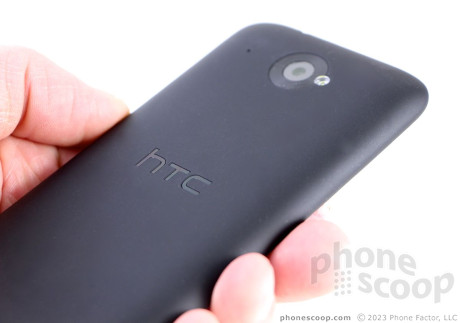
The Desire from HTC is the little smartphone that can and will. It may be a mid-range device, but it puts some high-end hardware to shame. Read Phonescoop.com's full review here.
Form
Is It Your Type?
The HTC Desire may be one of Virgin Mobile's more expensive Android smartphones, but the extra cash is worth the performance that this compact handset offers. It's a bargain smartphone that looks good, works well, and keeps up with the big boys. If you want the most bang for the buck, look no further. Here's why.
Body
HTC ported elements of the One's design language to the Desire, but it still has its own personality. The Desire's DNA clearly comes from HTC, and that's a good thing. The company has made some of the world's most attractive phones this year. While the Desire doesn't offer the finely-sculpted metal shell of the One, it still belongs in the family tree.
The Desire is formed by a polycarbonate shell that is smooth and covered in a pleasant soft-touch finish. The shell wraps all the way around to the glass of the display, which gives the Desire a solid, seamless skin that feels good against your own. The front of the phone has the signature dual-speaker BoomSound setup that HTC introduced this year, with grills above and below the display. This design isn't as plainly visible as on the One series of devices, but it looks good.
The Desire is a somewhat compact device that fits comfortably everywhere in your life. It's great to hold, slips easily into pockets, and is enjoyable to use across the board. The materials are excellent and the build quality is very good. The Desire is solid and feels well put together.
A 4.5-inch display consumes most of the front face, but there's still a bit of bezel on all four sides. As with the One series, the Desire has only two capacitive buttons below the display: Back and Home. This is one design choice that I continue to disagree with, as it introduces an unnecessary learning curve for those who've grown accustomed to a centered Home button; instead, it's off to the right about an inch. This takes getting used to. The buttons themselves work fine.
There's nothing along the left edge of the phone at all. It's a solid, smooth edge. The volume buttons — two of them — are positioned on the right edge of the phone. The buttons have good profiles and are easy to find, but travel and feedback is very disappointing. The screen lock button, found on the top surface, has a similar profile. It offers much better travel and feedback than the volume buttons. The stereo headphone jack is on top and the microUSB port is on the bottom. There is no dedicated camera button.
Because the rear shell wraps around to form the sides, the shell is a real pain in the rear to remove. I had to break out my knife to pry it loose. The payoff is that you're rewarded with a removable battery, which is an appealing feature for some. The battery must be pulled in order to access the SIM card, but you can swap the memory card without pulling the battery.
With the exception of the mushy volume buttons, the Desire is a quality piece of hardware, especially given its price point.
Performance
Screen
HTC had to cut costs somewhere and one place it did so was the screen. The LCD panel measures 4.5 inches across the diagonal, but offers only qHD (960 x 540) resolution. Nope, it's not an HD screen, which is a bit of a bummer. That said, the display is quite good. The smaller size helps the lower resolution look its best. It's only possible to pick out individual pixels if you hold the device mere inches from your eyeballs. Most on-screen elements look clean and sharp. Brightness is good, and I had no trouble using the Desire outside. Viewing angles are good; there's no color shift or brightness change when the phone is tilted side-to-side.
Signal
Virgin Mobile runs its service on Sprint's network. The Desire performed on par with other devices tested on Sprint's network in the metro NYC region. It connected to Sprint's CDMA-based 3G network with no issues. When LTE was available, the Desire found it and connected. The Desire patched through most calls on the first dial and didn't miss any during the review period. The Desire did drop calls in poor coverage areas, though. Data speeds over 3G aren't great, and are only marginally better over LTE. It's worth pointing out that the Desire only supports LTE in the 1900MHz band. Sprint is rolling out LTE in the 800MHz and 2.5GHz bands as well, and uses them for its "Sprint Spark" service. The Desire is not a tri-band LTE device and will not see a performance upgrade in Sprint Spark markets for this reason.
Sound
The Desire is a decent phone for making calls. Quality in the earpiece was good most of the time, though it suffered from interference on occasion. Voices coming through the phone sounded good for the most part, and those with whom I spoke through the Desire said I sounded good as well. Volume in the earpiece could definitely be a bit better. Both the quality and volume performance are the same when calls are pushed to the speakerphone; the quality is mostly good, but I wish the volume were improved. Ringtones and alerts are intensely loud, and the vibrate alert is very strong.
Battery
The Desire has a 2,200 mAh battery that provides enough juice to get through a regular day. The Desire easily kept a charge between breakfast and bedtime. Usage on LTE didn't appear to impact the battery at all. The Desire often had plenty of power left at the end of the day. Further, it includes HTC's power saver tool, which dials back clock speed on the processor - among other things - to help manage energy consumption. I'd recommend charging once per day. Most people shouldn't run into trouble.
Basics
Menus
The Desire runs Android 4.2 Jelly Bean and HTC's Sense user skin on top of it. Though some of the familiar Android UI elements are present, Sense is what gives HTC devices an experience all their own. The software is comparable to that of the HTC One mini and One max. Virgin's impact on the UI is minimal.
HTC's lock screen is among the best available on Android devices. The lock screen offers customizable shortcuts at the bottom of the screen. If you set a lock code, the camera will still open, but you'll need to enter the code to go from the lock screen to any other app. The lock screen can be loaded with content, if you wish. For example, it can be set to show your photos or the media player. The weather and time are always displayed on the lock screen.
With Sense, HTC is taking a slightly different approach to the home screen. There are three home screen panels, but the left-most panel is reserved for its BlinkFeed service. As is common to Android devices, users are free to add their own home screens. Sense allows you to anchor any of them as the main home screen. The home screens can be customized in any way the owner might like. Press-and-hold on the home screen, and the necessary tools pop up to make it your own.
HTC has its own ideas for the main app menu, too. When first booted, the Desire shows only a small handful of apps in the app menu, which looks spartan. The default view shows only 9 apps per screen, but that can be changed to show 20. Apps can be dumped into folders, sorted alphabetically or sorted via user preference. Apps can also be hidden completely.
The system settings are arranged like most Android devices, but HTC changes the colors, fonts, and icons to make it fit with the Sense UI. The system settings offer plenty of control over the device.
The Desire has a dual-core Snapdragon 400 processor, with each core clocked at 1.4GHz. The processor is paired with 1GB of RAM. This combination provided the Desire with more than enough power to operate smoothly. I didn't have any problems with the Desire or its applications. Everything worked well.
BlinkFeed
BlinkFeed is a social news reader that links with your Facebook and Twitter accounts and also pulls down articles from the web. HTC packages it all together in a digital magazine-style format to give it some visual appeal. It competes with third-party apps, such as Flipboard. The newest version of BlinkFeed automatically sets up some feeds for you (as long as you sign into Facebook and Twitter), and even works with Instagram and Google+.
The availability of content was pretty limited when BlinkFeed first arrived early this year, but it has since grown to a respectable number of sources. Big news web sites are represented, as are categories for finding the latest happenings about your favorite hobbies. Further, the app lets users manually add RSS feeds, though the process to do so is somewhat clunky. Lastly, BlinkFeed lets you check out what's going on around the world be downloading additional "editions" from other countries.
It's a decent-looking app, though I wish it offered infinite scrolling instead of page-jumping when you want to scan more content. Speaking personally, I would prefer to disable BlinkFeed and stick with Flipboard. However, it can be useful if you prefer to read through your Facebook and Twitter feeds at the same time.
Calls and Contacts
The Desire's phone app is straightforward to use. There are three tabs: call history, dial pad, and favorites. The tabs can be edited if you wish (you can rearrange them or substitute in several other options). The dial pad lets you dial actual numbers or type in your contacts' names. In-call options run the norm, including adding a line, send to speaker/bluetooth, mute, and so on.
The contact app has been enriched with content pulled from your social networks, though not to the extent that the People Hub does on Windows Phone. The contact app lets you sort between your various contact sources (phone, SIM card, Facebook, Twitter, etc.) with a drop-down tab. When scrolling through the full contact database, the app shows you the most recent social network status update from each content, be it a Facebook post or Tweet.
Messaging
The Desire packs all the standard messaging applications, including Gmail, email, Google+, Hangouts, and SMS. Users can select either the Hangouts app or HTC's messaging app to handle SMS/MMS. At this point I'd recommend Hangouts over HTC's app. Hangouts handles not only SMS, but IM too, and that gives it a bit of a functionality boost over HTC's app. Also, it looks better and ties into your other Google services. Hangouts isn't perfect, though, and it takes a bit of getting used to.
The rest of the messaging apps provided by Google function just as they do on other Android devices.
Extras
Media
The Desire offers plenty of media options. The Google Play Store is available, as are the associated apps, for renting/buying content and then consuming it. The Desire also includes a basic MP3 app (best for side-loaded content), YouTube, an FM radio and TuneIn Radio. The FM radio requires headphones (as an antenna) to snag local stations, but TuneIn streams radio stations over the internet.
The Desire's BoomSound speakers aren't as impressive as those of the One series. The speakers, which act in stereo when the Desire is held in landscape orientation, produce vast amounts of volume. There's no doubt of that. With no way to shape the sound, (i.e., no EQ or other audio controls,) however, the massive volume winds up becoming distorted. Forget listening to heavy music through BoomSound. The Desire was no match for the chugging riffs of Trivium. But even acoustic performances over-pushed the speakers from time to time. BoomSound's best use is when sharing video at volumes that don't have to fill an arena.
Sharing media with other equipment over Wi-Fi networks is no trouble at all thanks to HTC's handy MediaShare app. The app makes finding and connecting to other DLNA gear a breeze.
Camera
HTC has some of the best camera software available on smartphones, and the Desire benefits accordingly. There's no dedicated camera button, so the camera needs to be launched via the lock screen or home screen shortcut. It launches swiftly.
The viewfinder stretches across the entire display, with the controls overlaid on the left and right sides. The shutter buttons are on the right side of the screen. There are separate camera and video buttons. This lets you shoot either without first switching modes, and also lets you take still images when recording video. There's also a slider for zooming on the right side of the display.
There are three controls on the left. The first cycles the flash between on, off, and auto; the second turns on Zoe mode; and the third lets you access all the camera's other settings. The Desire offers a number of shooting scenes, such as portrait, landscape, backlight, text, and macro. The Desire also has HDR and panorama modes. The video camera can record in slow motion. Images can be shot in 16:9, 4:3, and 1:1 aspect ratios, and you can control other settings such as white balance, exposure, contrast, burst mode, and so on. The Desire's camera offers tons of room for customization, and the controls are laid out plainly and simply. I found that the tools all function just as well on the Desire as they do on the One series.
HTC's Zoe mode works like taking a single still shot, but actually shoots video and a series of still images together, creating a compilation that centers on a particular moment. It's a neat idea that lets you add depth to something such as singing Happy Birthday to your kid or watching a friend attempt a double flip off the diving board. It makes sure you capture just the right moment and brings your stills to life with motion.
Photos
The Desire ditches the "ultrapixel" camera used on the One series for a regular 5-megapixel imager. It's among the best 5-megapixel cameras I've seen. It captures photos that are crisp, accurate, and lively. Focus, exposure, and white balance were almost always spot-on. I was particularly impressed with shots I took indoors. Not only does the flash function properly (helping expose the scene), it really helps reduce grain. Outdoor shots almost all looked excellent. You really can't ask for much more from a $200 prepaid smartphone.
Video
The Desire's video camera is equally impressive. It can record full HD video and produces results that are consistently good. The focus, exposure, and white balance were nearly always spot on. No matter what I was shooting, the Desire knew what to do to make the results pleasing. Pro tip: HD is not the default. The default setting is to capture qHD video, be sure to change it to 1080p before you start filming.
Gallery
HTC skips the stock gallery app in favor of its own. Photos are organized by albums, events, locations, or friends. The basic layout of the albums screen is a snap to work with. If there are sub-folders (such as in Facebook), you can sort through those easily to locate images. When you dive into each folder, images pop up instantly in a grid of thumbnails. Touch a photo to load it. With a photo loaded, you can quickly swipe from image to image.
If you switch to any of the other views (events, locations, friends), you still get a set of folders to sort through that function more or less the same as the albums view. Events are obviously organized by date, and Locations sorts photos based on geo-tagging. The Friends view sorts photos based on which social network they are pulled from.
Sharing options run the norm. It's easy to push photos to your friends via email or social networks. Editing features let users apply some effects to make up for poor exposures or bad white balance, add frames, retouch, reduce red-eye, and of course crop and rotate.
The HTC gallery app works well across the board.
The Desire does also include the new Photos+ app from Google, which specifically interacts with your Google+ photos. The Photos+ has its own editing functions and the nifty Auto-Awesome feature, which will enhance photos as well as create animated GIFs. You can use it or ignore it; your choice.
Bluetooth
I didn't have any trouble with the Desire's Bluetooth functions. I was able to pair it with a handful of different headphones, as well as my computer and other smartphones. Phone calls sounded good through my favorite headset and music sounded great through my favorite Bluetooth speaker thanks to the Desire's support for the aptX profile. The aptX profile significantly improves the performance of stereo music playback and that was evident on the Desire. I was also able to share files via Bluetooth with no problem.
Browser
The Desire comes with both the generic Android browser and Chrome. The generic browser is "enhanced" with a new user interface thanks to HTC's Lumen Toolbar. Basically, the Lumen Toolbar adds browser extensions that improve the performance of the browser itself when it comes to content, such as games and videos. It also adds easy sharing tools, newsfeed shortcuts, and recommendations. I found it to be garish and maddening. Thankfully, you can turn it off (or apply it to Chrome, if you want).
Despite the gross skin, both the stock browser and Chrome do a fine job of rendering web sites. Speeds aren't great, though, even on LTE. I often found myself tapping my toe waiting for sites to load. Browsing over Wi-Fi is much better. Beyond these two browsers, there are tons of options in the Google Play Store if you're looking for a different browsing experience.
Clock
HTC always does a great job with its clocks, and the Desire is no exception. A quick press of the screen lock button brings the display to life. The clock is positioned close to bottom of the screen and is nice and large. I was able to read it easily from an arm's length. The weather appears next to the clock. As noted earlier, you can alter the content that appears on the lock screen. All of the options include the clock and the weather.
GPS
The Desire's GPS radio functioned very well. It consistently pinpointed me in less than 10 seconds and often to within 15 or 20 feet. When paired with Google Maps — the only navigation software on board — the Desire serves as a capable navigation device. It works well to route directions between points on the maps, and offers plenty of additional details, such as live traffic, and search tools.
Wrap-Up
For $200, there's no better device in Virgin Mobile's current lineup of Android smartphones. For a mid-range device, the HTC Desire is a solid performer that outclasses its competition.
The hardware is well built, looks good, and functions well. The screen might not be HD, but it still impresses. Phone calls sound good and battery life is decent. It's a pity the Desire is somewhat hamstrung by Virgin/Sprint's slower data network.
The Sense user interface offers an alternate take on Android that has its own pros and cons. I find it to be a bit of a hassle to manage home screen content and the main app menu, but the tradeoff is excellent camera software and a flexible lockscreen. Toss in the Desire's excellent camera performance and multimedia powers and you have a great little phone.
If you specifically want an iPhone from Virgin Mobile, then get the iPhone. If you want anything else from Virgin, buy the HTC Desire.
Comments
HTC's Re-Using of names....
Now also Desire? Desire HD? Desire 2014?
Gah tired of it.
This review does not leave me full of 'desire'
Anyway, while you did have a lot of great things to say about the camera and build quality (tho I can't stand mushy keys, volume or otherwise) and gave the display decent marks, I ...
(continues)
Great Review!


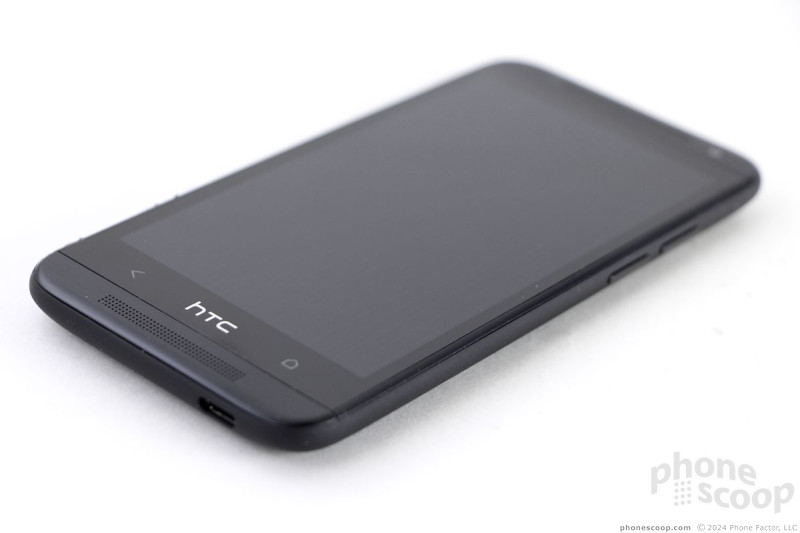















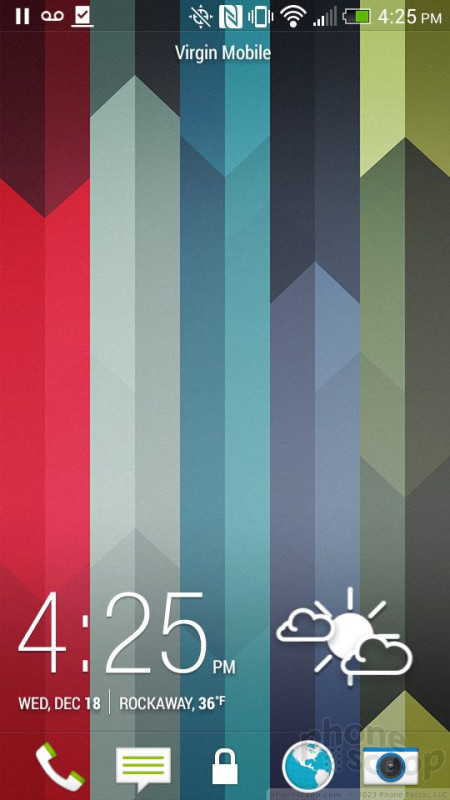


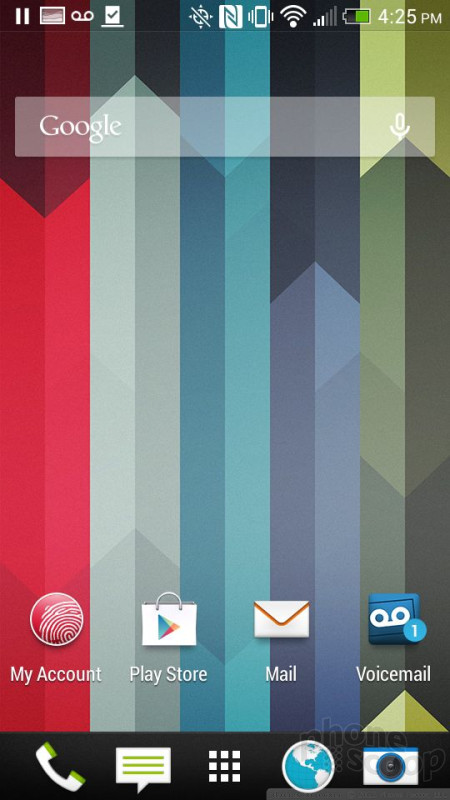







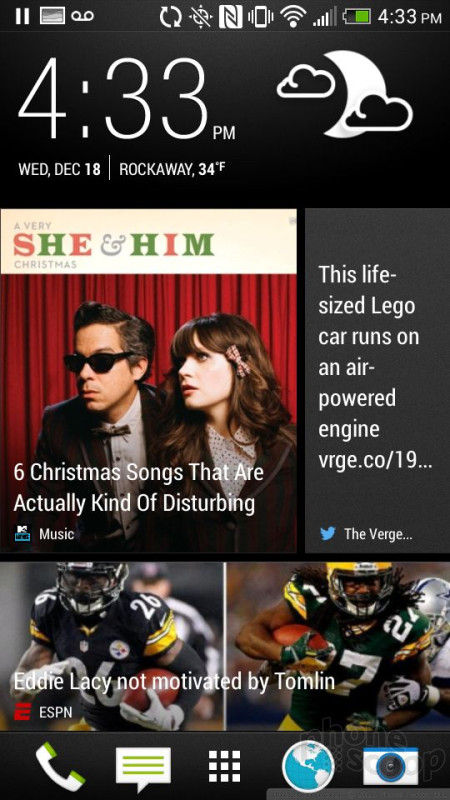




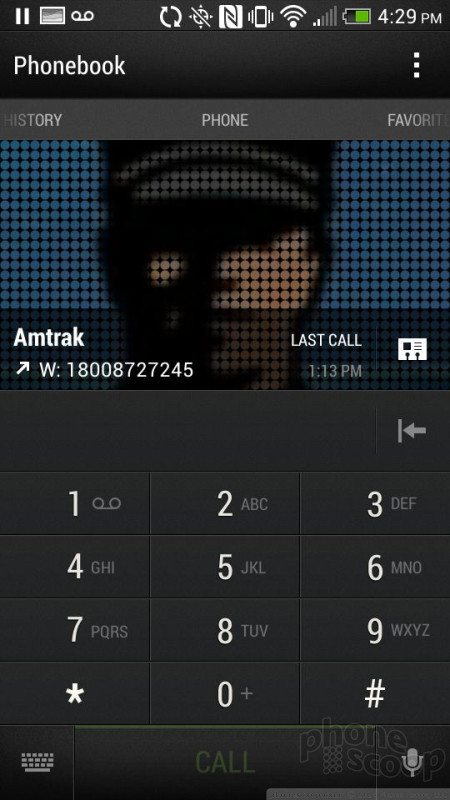



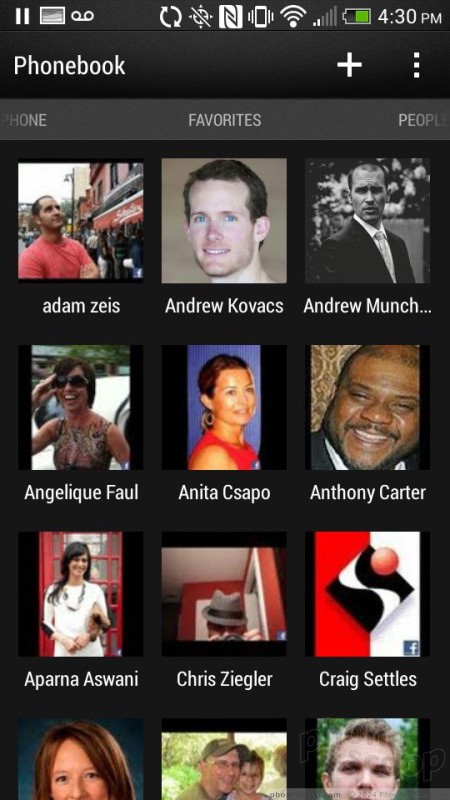





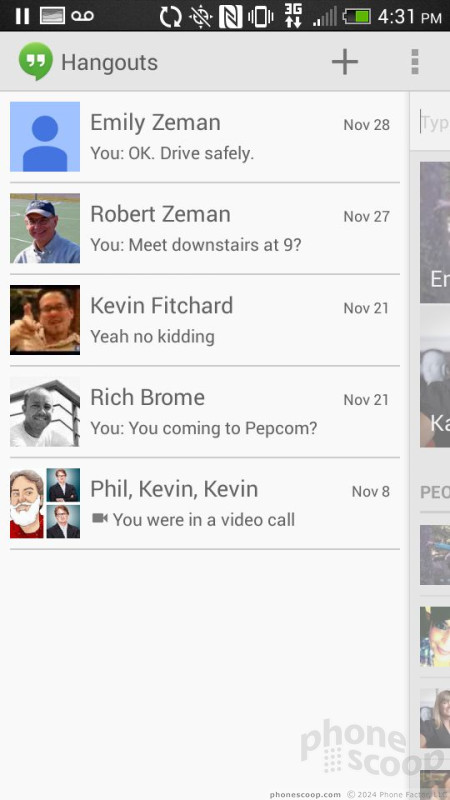






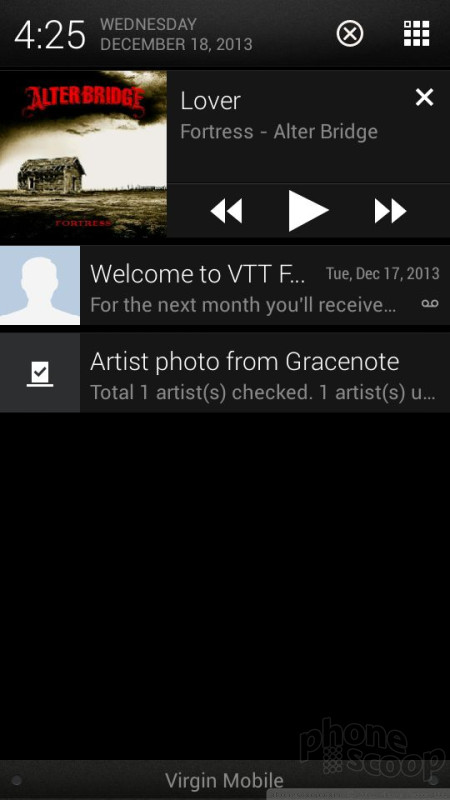






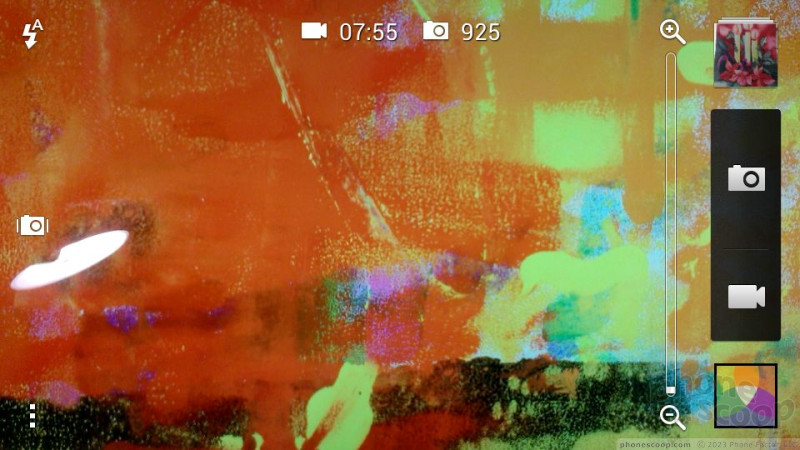
















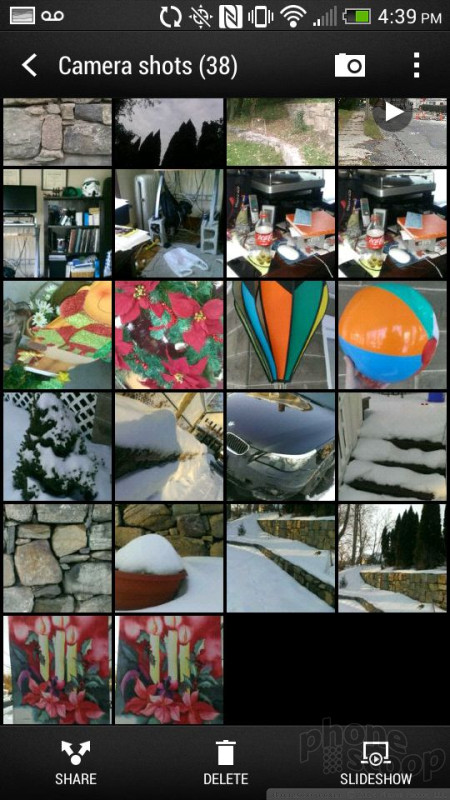








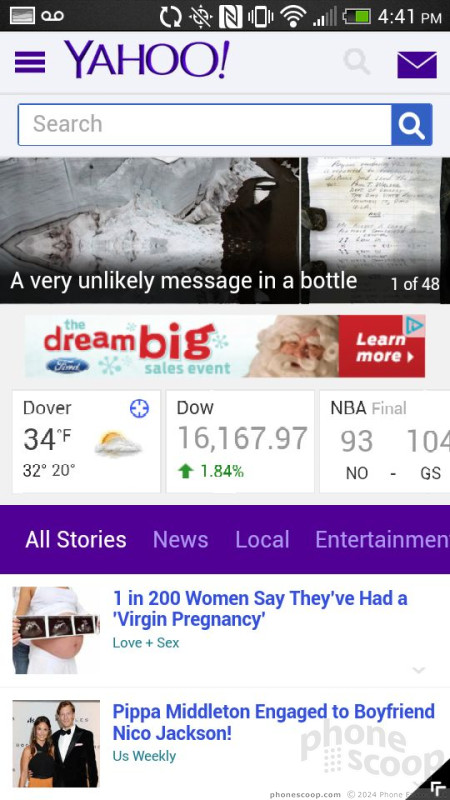







 Virgin Selling HTC Desire Today for $279
Virgin Selling HTC Desire Today for $279
 Samsung S24 Series Adds More AI, Updates the Hardware
Samsung S24 Series Adds More AI, Updates the Hardware
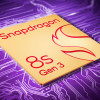 Qualcomm Expands Snapdragon 8 Series to Cover More Price Points
Qualcomm Expands Snapdragon 8 Series to Cover More Price Points
 Hands On with the HMD Fusion and its Smart Outfits
Hands On with the HMD Fusion and its Smart Outfits
 Qualcomm Expands Flagship Phone Chip Series
Qualcomm Expands Flagship Phone Chip Series
 HTC Desire / Desire 601 (CDMA)
HTC Desire / Desire 601 (CDMA)




